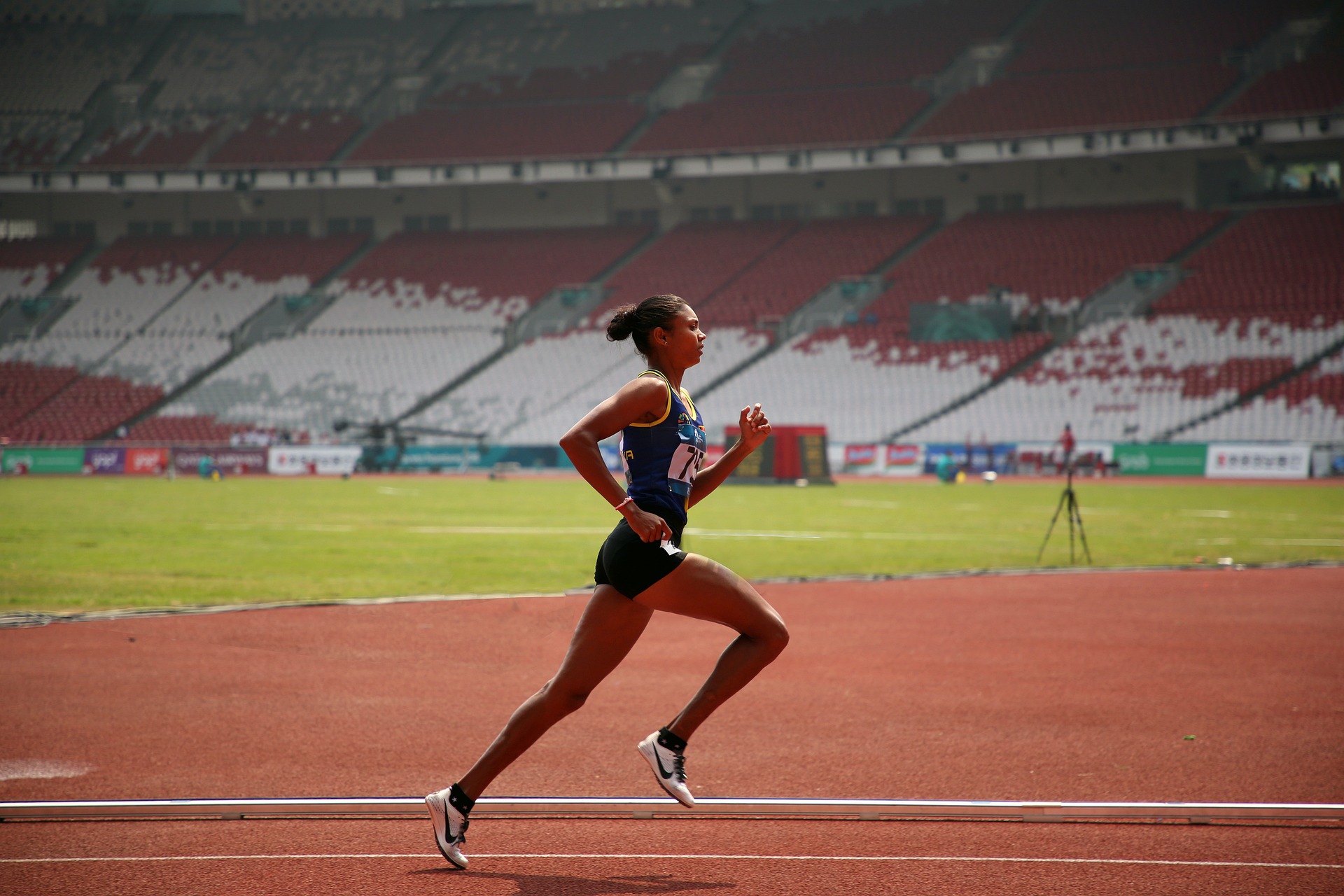Peak Performance: The Science and Strategy Behind Elite Athlete Training
For the uninitiated, the world of elite athlete training can seem like a bewildering mix of cutting-edge science, relentless dedication, and sheer talent. But delve deeper, and it becomes clear that the path to peak performance is paved with careful planning, innovative strategies, and a comprehensive understanding of the human body's potential. This article will illuminate the intricate world of elite athlete training, offering an unprecedented glimpse into the strategies employed by the world's top performers.

The Genesis of Elite Athlete Training
Elite athlete training has come a long way from its rudimentary beginnings. In the early years of organized sports, training was often limited to basic drills and exercises. However, as the competitive landscape evolved, so did the need for more sophisticated and tailored training techniques.
The 20th century marked a pivotal point in the history of sports training. As athletes and coaches recognized the importance of a holistic approach to training, incorporating elements such as nutrition, mental conditioning, and recovery protocols, the era of modern sports training was ushered in.
Modern Training Techniques: A Melting Pot of Disciplines
Today’s elite athlete training is an amalgamation of various disciplines, including sports science, psychology, nutrition, and physiotherapy. Each plays a crucial role in shaping an athlete’s performance.
Sports science provides the physiological basis for training, helping athletes understand how their bodies function and respond to stress. It guides training intensity, frequency, and duration, ensuring optimal performance without risking injury or overtraining.
Psychology, on the other hand, equips athletes with the mental fortitude to withstand the pressures of high-level competition. Mental resilience, focus, and motivation are as crucial to performance as physical prowess.
Nutrition and physiotherapy form the backbone of an athlete’s recovery strategy. Proper nutrition fuels the body, aids recovery, and enhances performance, while physiotherapy helps prevent and treat injuries, ensuring athletes stay in peak condition.
The Benefits and Challenges of Elite Athlete Training
Elite athlete training can yield incredible results, pushing the boundaries of human performance. However, it’s not without its challenges. Balancing training intensity with recovery, dealing with injuries, maintaining mental resilience, and managing the pressures of competition can be daunting.
Despite these challenges, the rewards are immense. Alongside enhanced performance, athletes often experience improved health, increased discipline, and a heightened sense of self-belief—traits that extend beyond the sporting arena and into everyday life.
Looking Ahead: The Future of Elite Athlete Training
The world of elite athlete training is in constant flux, driven by advancements in technology, research, and an ever-deepening understanding of the human body. As we look to the future, we can expect a continued emphasis on personalized training plans, mental wellness, and sustainable performance.
Concepts such as genetic profiling to personalize training, virtual reality for mental training, and the integration of artificial intelligence to analyze and enhance performance are already being explored, promising an exciting future for elite athlete training.
In conclusion, elite athlete training is a complex, multifaceted discipline that combines scientific knowledge, innovative strategies, and sheer dedication. It exemplifies the remarkable potential of the human body and the limitless possibilities that lie within the realm of sports.




